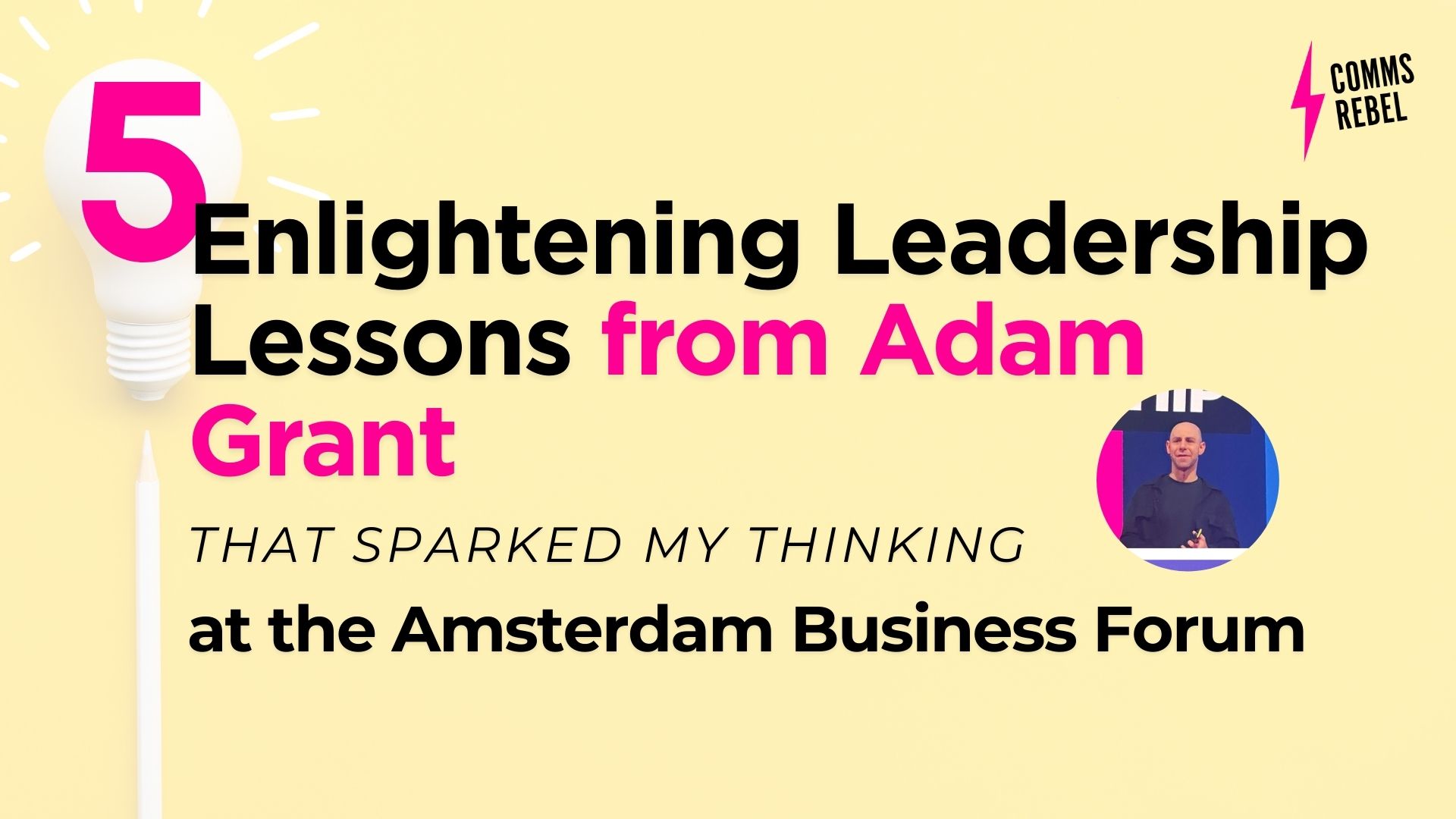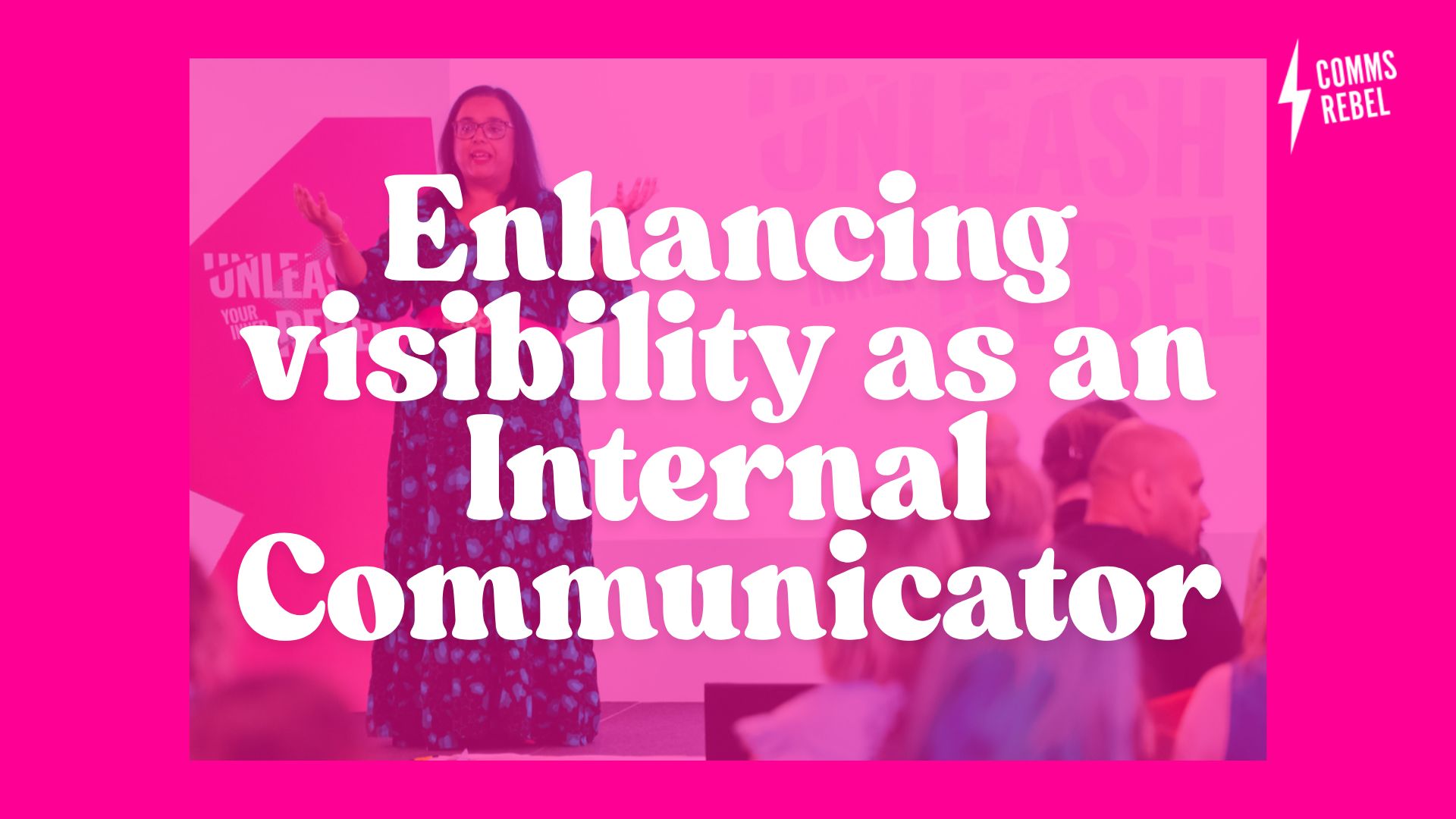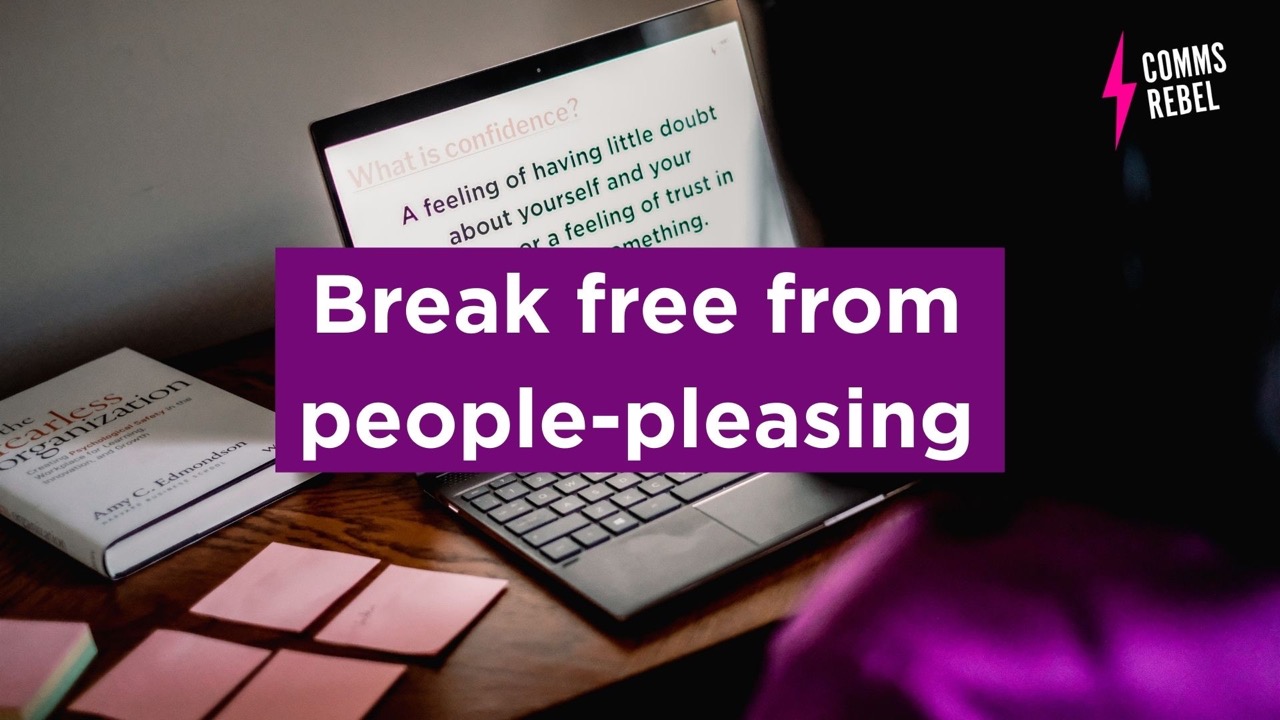I had the privilege of attending the Courageous Leadership event at the Amsterdam Business Forum, where the legendary organisational psychologist Adam Grant took the stage. Known for his groundbreaking work on work culture, feedback, and personal growth, Adam didn’t disappoint—every insight he shared felt like a lightbulb moment, sparking new ways to approach leadership and self-development.
For those unfamiliar with Adam’s work, his book Think Again is a fantastic place to start. It delves into the power of rethinking and why it’s crucial to approach life as a perpetual student, never settling into complacency. The themes he explores in this book highlight his belief that great leaders and thinkers remain flexible, open, and always curious—a principle he brought to life during his session.
Here’s a rundown of my top five takeaways from his session, each offering valuable insight into how we can cultivate a more courageous and effective approach to leadership and the workplace.
1. Leaders who embrace constructive criticism are stronger
Adam pointed out a powerful truth about leadership: the best leaders actively seek out and welcome constructive criticism. Too often, feedback feels like a threat to our self-esteem, but Adam reframed it as a tool for growth. It gives us a chance to learn, grow, and enhance our capabilities. Leaders who ask for and genuinely consider feedback create a culture where innovation thrives, as team members feel empowered to contribute and evolve.
Takeaway: Embrace feedback as a form of self-improvement rather than something to fear. Strong leaders don’t just endure feedback; they seek it out. This creates a foundation for innovation and psychological safety, both essential for a thriving workplace.
2. Give people a second chance to prove themselves
One of the most fascinating insights Adam shared was about the importance of second chances. He explained that people often need time to grow into their potential. According to research, when someone doesn’t succeed initially, it’s worth observing if they’ve shown growth and resilience between then and now. Adam suggested that in recruitment and evaluations, looking at growth between first and second interviews—or between early and later projects—can reveal resilience and adaptability, two traits that often differentiate high-potential employees from others.
This is especially relevant in a work culture that often emphasises immediate results. By focusing solely on initial performance, leaders risk overlooking employees who may struggle at first but have the potential for exceptional growth. Embracing a mindset that values second chances aligns with building a team that’s not only resilient but also more diverse in experience, perspective, and approach.
Takeaway: Don’t rush to conclusions based on a single interaction or outcome. Great leaders recognise the potential for growth in others and invest in people who show resilience and a willingness to improve.
3. Take your job seriously, but don’t take yourself too seriously
One of Adam’s most memorable points was about injecting humour and humility into leadership. Leaders who take themselves too seriously can create an environment of tension and inhibit openness. Whereas those who take their job seriously, but themselves lightly, create a more approachable environment. This combination of humour and humility helps leaders build better relationships with their teams and creates a more vibrant, positive workplace culture.
Adam advised that leaders who balance professionalism with light-heartedness are often more effective because they are more accessible. When leaders are humble and able to laugh at themselves, it makes them relatable. Teams feel more at ease sharing ideas, taking risks, and even failing forward.
Takeaway: Taking yourself less seriously and showing humility makes you more relatable and creates a positive, enjoyable atmosphere for everyone around you.
4. Mind map individually, then collaborate
Groupthink can be one of the biggest barriers to innovation. Groupthink is where individuals conform to group norms, stifling creativity. Adam stressed that collaborative mind mapping, while popular, can often restrict individual ideas and different perspectives. Instead, he recommended that team members develop ideas independently before gathering to discuss and refine them.
This approach respects each person’s thinking style and encourages more diverse ideas to come to the surface. People can think freely without the influence of group dynamics. Then, in the collaborative stage, the team can focus on refining and expanding the ideas.
Takeaway: To get the best ideas, encourage individual mind mapping before bringing the team together. This helps diverse ideas flourish and reduces the risk of groupthink.
5. Adopt a scientific mindset
Adam’s concept of a “scientific mindset” in leadership involves approaching challenges with curiosity and an openness to change. Thinking like a scientist means being willing to test, experiment, and revise. Adam explained that leaders with a scientific mindset avoid clinging to ideas out of pride; instead, they are willing to pivot and adapt as new evidence emerges.
This mindset is valuable for leaders today. It means being comfortable with uncertainty and staying curious. Being flexible allows leaders to make better-informed decisions, nurturing a culture of continuous learning and growth.
Takeaway: Cultivating a scientific mindset allows you to see possibilities and adapt quickly. A great leader embraces change and constantly seeks better solutions.
Bonus Insight: The three questions to ask yourself when receiving feedback
Adam also shared a framework for evaluating feedback that struck me. He suggested asking three key questions when receiving feedback to differentiate between constructive coaching and simply criticism:
- Are they knowledgeable about the task they are giving you feedback on?
- Are they knowledgeable about you?
- Are they trying to help you?
If the answer is “yes” to all three, you’re likely getting constructive feedback. If not, it may be less about you and more about them.
Takeaway: Not all feedback is equally valuable. Being mindful of who it’s coming from, and their intentions can help you filter out criticism from genuine coaching.
Final Thoughts
Adam Grant’s insights challenged me to reflect on some of my leadership habits and the subtle ways we can all grow as leaders. His session was a reminder that courage in leadership isn’t just about bold actions; it’s also about staying open, learning continuously, and creating an environment where everyone has the space to thrive.
CommsRebel can help you revolutionise workplace cultures from within. If you would like to cultivate a thriving inclusive culture so colleagues unleash their full potential, we can help. Please get in touch, and let’s have a chat!
PS. If you enjoyed this post, you may find my 5 powerful tips on managing different viewpoints at work helpful reading!


